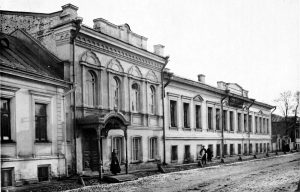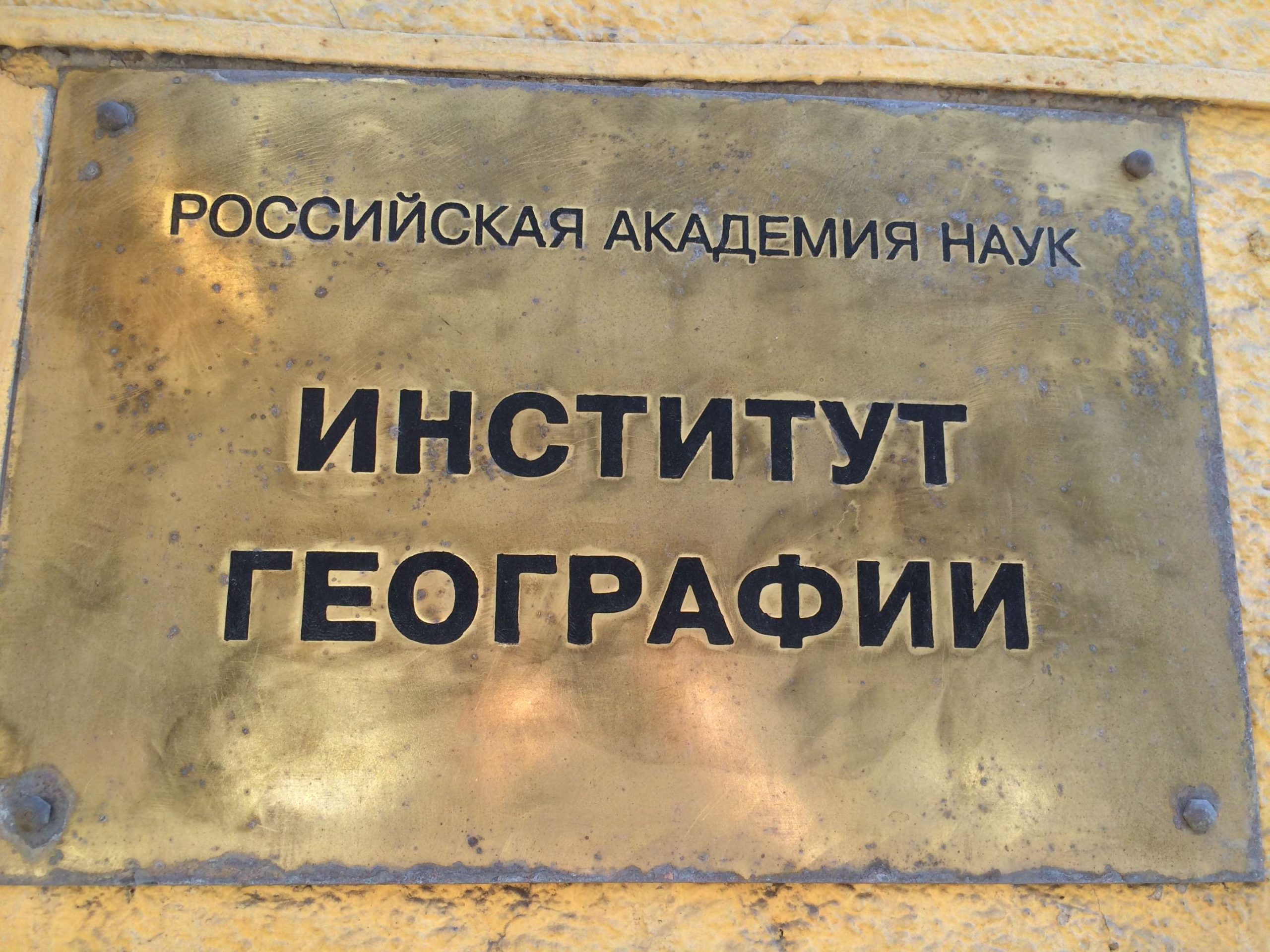Institute of Geography of the Russian Academy of Sciences

The Institute of Geography of the Russian Academy of Sciences is the oldest academic institution of geography in Russia and one of the leading scientific geographical organisations in our country. The main task of the Institute is to reveal the regularities of interaction between nature and society in the conditions of global environmental changes. Among the main research areas of the Institute of Geography are: dynamics of the cryosphere, changes in biota under the influence of natural and anthropogenic factors, as well as the study of soils, relief and landscapes, development of scientific bases for nature protection, analysis of regional features of sustainable development, creation of cartographic materials and geographic information systems. The history of the Institute dates back to the beginning of the twentieth century, when in 1918 the Department of Industrial and Geographical Studies of the Centre of Russia was established in Petrograd under the auspices of the Commission for the Study of the Natural Productive Forces of the Country under the auspices of the Russian Academy of Sciences. The young republic needed a clear economic and geographical assessment of the state of the country and its natural resource potential. The vast country was beginning to open up remote regions, little was known about the nature of them. In 1930, Geomorphological Institute, later renamed the Institute of Physical Geography, was established under the Council for the Study of the Productive Forces of the Country. In 1936, after the merger of Communist Academy and the Academy of Sciences of the USSR, the Institute of Geography was founded, which carried out a wide range of research. During the Great Patriotic War, the Institute made an invaluable contribution to victory by producing military geographical maps, conducting studies of frontline areas and developing the optimal location of evacuated enterprises. After the war, the Institute continued to work towards economic recovery and the creation of new territorial production complexes. With the development of new technologies and the emergence of new tasks, such as geo-information geography and environmental studies, the Institute continues to develop and expand its activities. Most of the Institute’s departments are located in two small old villas (No. 27 and No. 29 in Staromonetny Lane). Both of them were built on the territory of the former city manor of the XVIII-XIX centuries. Building No. 29 was built in 1763. The main part of the building consists of two-storey stone chambers on a basement (the lower uninhabited floor). As the cultural layer grew, the cellar, which used to be the ground floor, sank into the ground and now looks like a basement. The first builder and owner of the mansion was a merchant of the first guild, the director of Moscow and St. Petersburg canteen fees G.V. Likhonin. At the end of the XVIII century the villa became the property of the statesman and military man, Major General N.V. Arsenyev, the great-uncle of M.Y. Lermontov. In 1870 one of the oldest women’s charities – the Ladies’ Trust for the Poor – bought the house No. 29. Its founder was the famous Moscow philanthropist Princess S.S. Shcherbatova. Until 1920 there was an almshouse in the mansion. In 1879 a two-storey stone annex to the almshouse was completed with the help of donations, where a house church of the Transfiguration of the Lord was built. Four semicircular windows, which have survived to the present day, and an altar apse overlooking the courtyard are evidence of the church on the façade. In the 1930s the house was relocated and began to acquire its modern appearance. At the same time, the old manor house was taken over by the Institute and remains its main building to this day. The small museum of the IG RAS contains various exhibits – preserved personal belongings of the Institute’s staff, paintings, books, photographs, documents, maps, texts, posters of speeches, field and chamber equipment. For a long time, the Institute building housed the Moscow City Branch of the Russian Geographical Society, and even today the hospitable walls of its halls and offices serve as a place for meetings and discussions of the committees of this largest regional branch of the Society.
Address: Moscow, Staromonetny lane, 29

